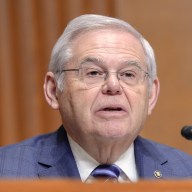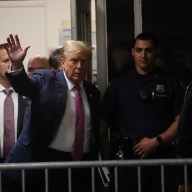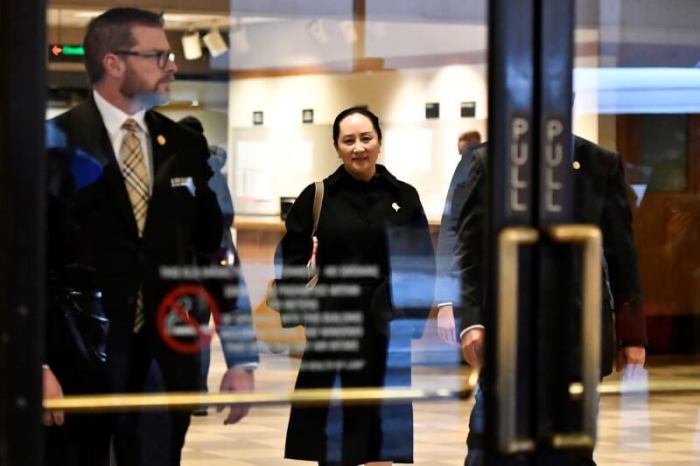By April Joyner
NEW YORK (Reuters) – Equities around the world rose on Monday as possible progress in resolving the trade dispute between the United States and China engendered some investor optimism in what has been a punishing end of year for markets.
The U.S. benchmark S&P 500 stock index advanced in light trading volume after U.S. President Donald Trump said he held a “very good call” with China’s President Xi Jinping on Saturday to discuss trade and said “big progress” was being made.
Chinese state media were more reserved, saying Xi hoped the negotiating teams could meet each other halfway and reach an agreement that was mutually beneficial.
The rise in U.S. equities mirrored that in Asian and European markets, which were also buoyed by trade optimism.
Despite Monday’s advance, equities ended the year largely in the red, victims of investor anxiety over trade tensions and slowing economic growth. Asian and European shares had been sluggish for much of the year, and in recent months, U.S. stocks followed suit.
“If the European economy continues to decelerate and the Chinese economy decelerates because of tariffs, there is definitely going to be spillover to the United States,” said Shannon Saccocia, chief investment officer at Boston Private.
The S&P 500 dropped more than 9 percent in December, its largest decline since the Great Depression. For the year, the index slid more than 6 percent, its biggest drop since the 2008 financial crisis.
Asia-Pacific shares outside Japan ended down 16 percent for the year, while the STOXX 600 was more than 13 percent lower. MSCI’s gauge of stocks around the globe <.MIWD00000PUS> fell 11.1 percent in 2018.
A further blow to the Chinese economy could spur a quicker resolution to the U.S.-China trade dispute and thus boost global equities, Saccocia said. Survey data on Monday showed Chinese manufacturing activity contracting for the first time in two years even as the service sector improved.
On Monday, the Dow Jones Industrial Average <.DJI> rose 265.06 points, or 1.15 percent, to 23,327.46, the S&P 500 <.SPX> gained 21.11 points, or 0.85 percent, to 2,506.85 and the Nasdaq Composite <.IXIC> added 50.76 points, or 0.77 percent, to 6,635.28.
MSCI’s emerging markets index <.MSCIEF> rose 0.32 percent, while the MSCI world stock index <.MIWD00000PUS> gained 0.66 percent.
(GRAPHIC: Global markets in 2018- https://tmsnrt.rs/2AmRgNB)
NO MORE HIKES
Yields on U.S. Treasuries fell on Monday, keeping with the trend over the past two months as investors moved to lower-risk investments.
Benchmark 10-year notes The fall in Treasury yields reflects expectations of a slowdown, if not a pause altogether, in the Federal Reserve’s progression of interest-rate hikes.
The precipitous drop in yields has undermined the U.S. dollar in recent weeks. The dollar index <.DXY>, which measures the greenback against a basket of six other currencies, was down 0.3 percent and on track to end December with a loss. It is, however, still set for its highest yearly percentage gain since 2015. On Monday, the dollar fell to a six-month low against the yen The euro Oil posted its first year of losses since 2015, with Brent crude futures On Monday, Brent crude settled 59 cents higher, or 1.11 percent, at $53.80 a barrel. U.S. crude settled up 8 cents, or 0.18 percent, at $45.41 a barrel.
(Reporting by April Joyner; Additional reporting by Stephen Culp, Saqib Iqbal Ahmed, Stephanie Kelly and Kate Duguid in New York, Collin Eaton in Houston and Marc Jones in London; Editing by Dan Grebler and Alistair Bell)

















